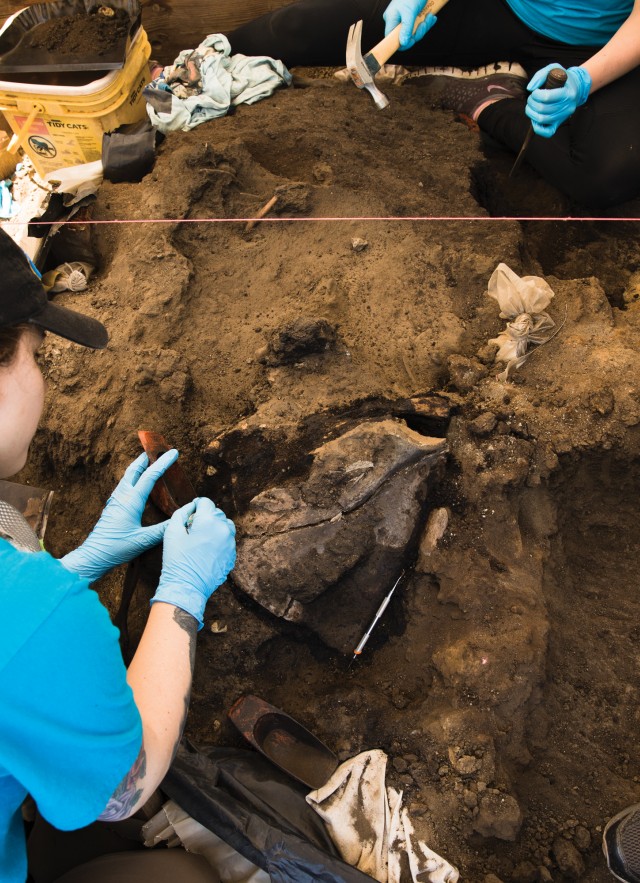About Rancho La Brea

Our research group uses fossils preserved in asphaltic sediments to investigate big questions related to climate change, evolution, and paleoecology.
Because Rancho La Brea represents the largest collection of late Pleistocene asphaltic fossils in the world, we use this opportunity to train students, build collections through excavation, prepare and conserve fossils in our public viewing Fossil Lab and curate this massive collection onsite. Our staff also use these collections to study scientific questions with visiting academics. Much of the current research could not be possible without the unique geological circumstances that occur in the La Basin and the efforts of the paleontologists who came before us.
Early Researchers at Rancho La Brea
As a place-based museum, we are also committed to engaging the communities around us, sharing our research through exhibits, and preserving this National Natural Landmark for future generations.
Our Staff
Clear Search
Our Policies
We are part of the Natural History Museums of Los Angeles County. You can find more information about our positions, policies, and processes here.